Product
Categories
FILTER BY PRICE
-
Sale!
 0 out of 5
0 out of 5QP of Weed
0 out of 5$600.00Original price was: $600.00.$500.00Current price is: $500.00. Select options -
Sale!
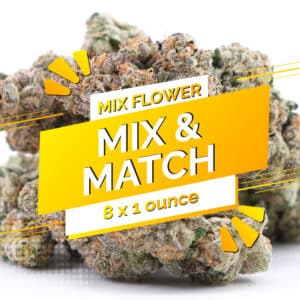 0 out of 5
0 out of 5Half Pound of Weed
0 out of 5$900.00Original price was: $900.00.$800.00Current price is: $800.00. Select options -
Sale!
 0 out of 5
0 out of 5Pound of Weed
0 out of 5$1,500.00Original price was: $1,500.00.$1,300.00Current price is: $1,300.00. Select options
Cannabis Oil
Cannabis oil is a type of extract that contains cannabinoids, terpenes, flavonoids, and other compounds from the cannabis plant. Cannabis oil can be derived from different varieties of cannabis, such as hemp or marijuana, depending on the desired effects and legal status.
Showing 31–60 of 62 results
-
 0 out of 5
0 out of 5440mg Phoenix Tears (Mary’s Edibles)
0 out of 5$30.00 -
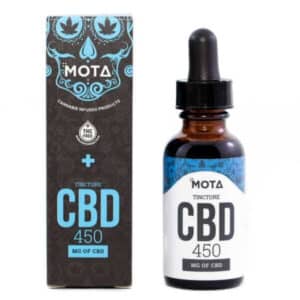 0 out of 5
0 out of 5450mg CBD Tincture (Mota)
0 out of 5$80.00 -
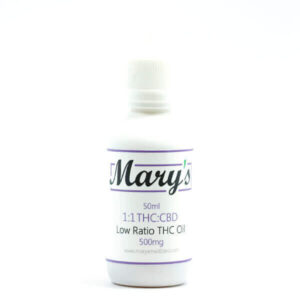 0 out of 5
0 out of 5500mg 1:1 THC/CBD Tincture (Mary’s Edibles)
0 out of 5$60.00 -
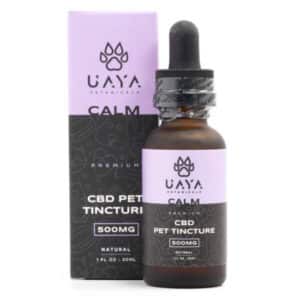 0 out of 5
0 out of 5500mg CBD Calm Pet Tincture (UAYA Botanicals)
0 out of 5$65.00 -
 0 out of 5
0 out of 5500mg CBD Daily Pet Tincture (UAYA Botanicals)
0 out of 5$65.00 -
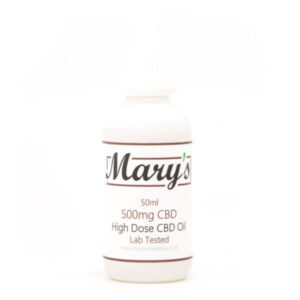 0 out of 5
0 out of 5500mg CBD Tincture (Mary’s Edibles)
0 out of 5$50.00 -
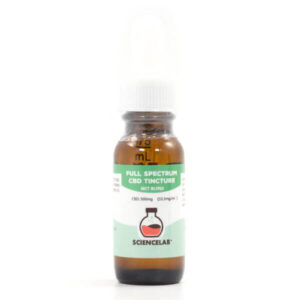 0 out of 5
0 out of 5500mg Full Spectrum CBD Tincture (Science Lab)
0 out of 5$70.00 -

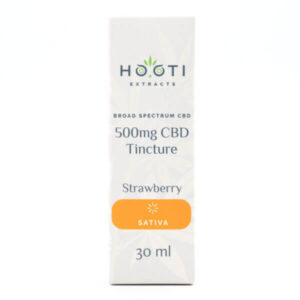 0 out of 5
0 out of 5500mg Sativa CBD Tinctures (Hooti Extracts)
0 out of 5$40.00 -
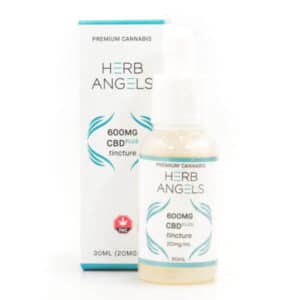 0 out of 5
0 out of 5600mg CBD Plus Tincture (Herb Angels)
0 out of 5$35.00 -
 0 out of 5
0 out of 5600mg THC Tincture (Herb Angels)
0 out of 5$35.00 -
 0 out of 5
0 out of 5750mg CBD Immunity Capsules (Herb Angels)
0 out of 5$70.00 -
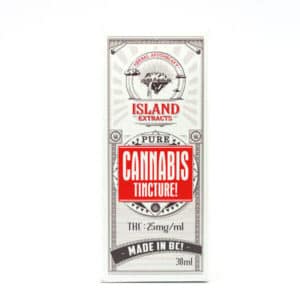
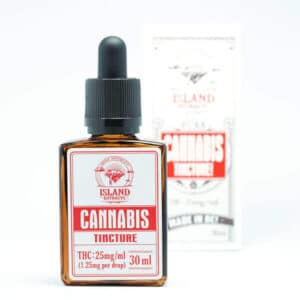 0 out of 5
0 out of 5750mg THC Tincture (Island Extracts)
0 out of 5$55.00 -
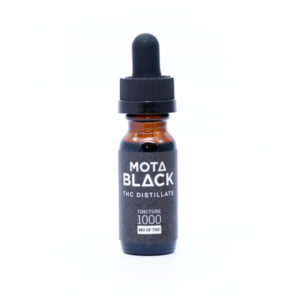
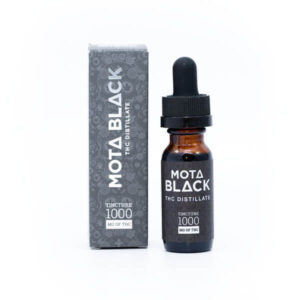 0 out of 5
0 out of 5Black 1000mg THC Tincture (Mota)
0 out of 5$70.00 -

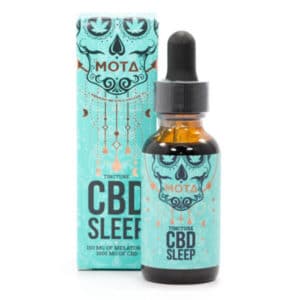 0 out of 5
0 out of 5CBD Sleep Tincture 1000mg (Mota)
0 out of 5$70.00 -
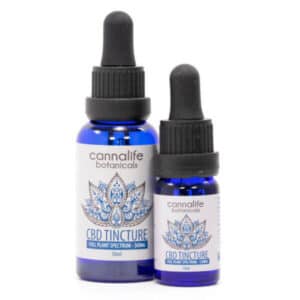 0 out of 5
0 out of 5CBD Tincture (Cannalife)
0 out of 5$30.00 -
Sale!
 0 out of 5
0 out of 5Cherry Rick Simpson Oil
0 out of 5$25.00Original price was: $25.00.$19.00Current price is: $19.00. -
Sale!
 0 out of 5
0 out of 5Cherry Rick Simpson Oil
0 out of 5$24.00Original price was: $24.00.$19.00Current price is: $19.00. -
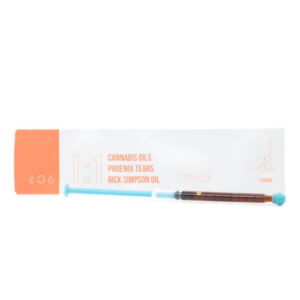 0 out of 5
0 out of 5Halley’s Comet 1:1 Phoenix Tears (Miss Envy)
0 out of 5$40.00 -
 0 out of 5
0 out of 5Halley’s Comet Phoenix Tears 250mg THC 250mg CBD (Mary’s Edibles)
0 out of 5$60.00 -

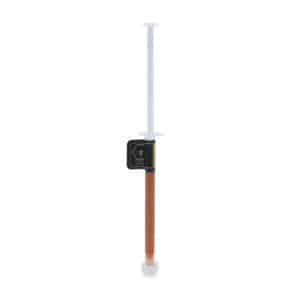 0 out of 5
0 out of 5Honey Oil (Oro)
0 out of 5$40.00 -
 0 out of 5
0 out of 5Indica Tincture 900mg THC (Mota)
0 out of 5$55.00 -
Sale!
 0 out of 5
0 out of 5Magnum 10000mg THC Tincture (Mota)
0 out of 5$500.00Original price was: $500.00.$420.00Current price is: $420.00. -
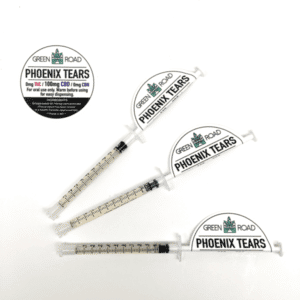 0 out of 5
0 out of 5Phoenix Tears 100mg CBD (Green Road)
0 out of 5$20.00 -
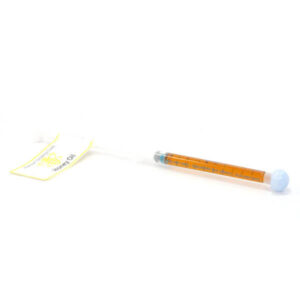 0 out of 5
0 out of 5Premium Honey Oil (Mary’s)
0 out of 5$30.00 -
 0 out of 5
0 out of 5Rick Simpson Oil (Forever Phoenix)
0 out of 5$30.00 -
 0 out of 5
0 out of 5Rick Simpson Oil (Forever Phoenix)
0 out of 5$30.00 -
 0 out of 5
0 out of 5Sativa Tincture 900mg THC (Mota)
0 out of 5$55.00 -
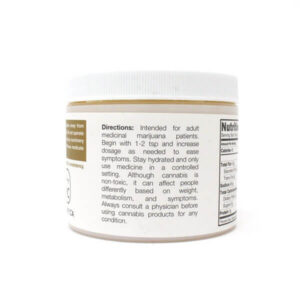
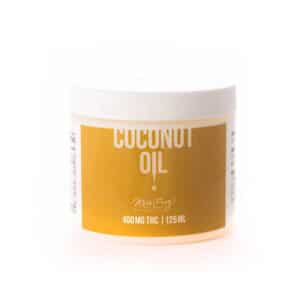 0 out of 5
0 out of 5THC Infused Coconut Oil 400mg THC (Miss Envy)
0 out of 5$30.00 -
 0 out of 5
0 out of 5THC Phoenix Tears (Miss Envy)
0 out of 5$30.00 -

 0 out of 5
0 out of 5THC Sleep Tincture 1000mg (Mota)
0 out of 5$70.00Original price was: $70.00.$55.00Current price is: $55.00.
Cannabis Oil: Benefits, Uses, Safety & Best Products
Cannabis oil is rapidly gaining popularity as a natural wellness supplement and alternative treatment option. Derived from marijuana or hemp plants, cannabis oil contains high concentrations of active cannabinoids like THC and CBD.
When consumed, these cannabinoids interact with your body’s endocannabinoid system to produce a variety of potential effects. From reducing pain and inflammation to alleviating cancer symptoms, cannabis oil offers many promising medical applications.
This comprehensive guide will teach you everything you need to know about cannabis oil. You’ll learn:
- What cannabis oil is and how it’s made
- The key differences between THC, CBD, and hemp oil
- The science behind how cannabis oil works in the body
- The most common medical uses and health benefits
- How to use cannabis oil safely and avoid side effects
- The current legal status and where you can access cannabis oil
- Tips for choosing a high-quality cannabis oil product
And much more! By the end, you’ll understand the powerful healing properties of cannabis oil and feel confident using it to enhance your overall health and wellbeing.
What Is Cannabis Oil?
Cannabis oil is a thick, sticky oil extracted from marijuana or hemp plants. It contains ultra-concentrated amounts of active cannabinoids, mainly THC and CBD.
The oil is extracted using a solvent like olive oil or alcohol to draw out the rich cannabinoid content from plant material. This results in a highly potent oil containing the plant’s medicinal properties.
There are a few key types of cannabis oil:
- THC oil – Contains high levels of psychoactive THC. Derived from marijuana, THC oil will get you “high.”
- CBD oil – Made from hemp, CBD oil contains little to no THC and does not produce psychoactive effects.
- Hemp oil – Cold pressed from hemp seeds. Does not contain THC or CBD. Primarily used for cooking and skincare.
- Full spectrum oil – Contains THC, CBD and other cannabinoids from the whole marijuana or hemp plant.
- Broad spectrum oil – Contains a wide array of cannabinoids from the plant except for THC.
- Isolate oil – Pure isolated CBD or THC oil with no other cannabinoids present.
The type of cannabis oil determines its uses and effects. THC-dominant oil is primarily used for relieving pain, nausea, insomnia and other medical symptoms, while CBD oil promotes general wellness without intoxication.
Now let’s take a closer look at how cannabis oil works within your body.
How Cannabis Oil Works in the Body
Your body actually produces chemicals called endocannabinoids that bind to receptors in your nervous system. This endocannabinoid system (ECS) helps regulate important functions like sleep, mood, pain response, appetite and more.
When you take cannabis oil, the cannabinoids THC and CBD also bind to your ECS receptors producing a wide range of effects. A few key ways cannabis oil interacts with your ECS include:
- Pain Relief – Cannabinoids bind to receptors in pain perception areas reducing your sensitivity to pain.
- Anti-Inflammatory – Cannabinoids are potent anti-inflammatories, suppressing inflammatory response.
- Reduce Anxiety – THC binds to receptors in your amygdala, which controls fear and anxiety responses.
- Neuroprotective – Cannabinoids protect brain cells from damage and degeneration.
- Anticancer – Compounds in cannabis oil induce death of cancer cells through a variety of mechanisms.
This remarkable interaction with your body’s own endocannabinoid system is what gives cannabis oil so much therapeutic potential from serious diseases to general wellness.
Medical Uses and Health Benefits of Cannabis Oil
Here are some of the scientifically studied and verified health benefits of using cannabis oil:
Pain Relief
One of the most common uses of cannabis oil is reducing pain. The cannabinoids THC and CBD have analgesic effects, interacting with pain receptors in your nervous system to dull or suppress sources of pain. This helps treat both acute and chronic pain without harmful side effects.
Cannabis oil can provide targeted pain relief for:
- Chronic pain
- Neuropathic pain
- Arthritis
- Multiple sclerosis
- Cancer pain
- Postsurgical pain
- Migraines
Clinical studies confirm cannabis oil is effective at reducing difficult-to-treat neuropathic pain and pain from inflammation associated with arthritis or spinal cord injuries.
Reduces Nausea and Vomiting
THC oil can dramatically reduce nausea and vomiting, making it helpful for patients undergoing chemotherapy or other treatments that cause severe nausea.
Cannabis oil interacts with receptors that regulate nausea and vomiting impulses in the brainstem. Both oral THC capsules and smoked marijuana have been shown to successfully reduce chemotherapy-related nausea and vomiting.
CBD oil can also relieve nausea, potentially through indirect impacts on serotonin receptors in the brain.
Stimulates Appetite
A common side effect of treatments for cancer and HIV is a lack of appetite that leads to unwanted weight loss. Cannabis oil containing THC is an approved treatment for appetite loss in cancer and HIV patients.
THC cannabis oil interacts with ECS receptors that stimulate appetite and promote eating. This allows patients struggling with appetite due to illness or treatment to get proper nutrition.
Reduces Inflammation
Chronic inflammation contributes to many diseases and can worsen conditions like arthritis, bowel diseases, and autoimmune disorders. Due to its potent anti-inflammatory properties, cannabis oil helps treat inflammation when consumed.
Both THC and CBD control inflammatory response through multiple mechanisms in the body. This makes cannabis oil helpful for treating inflammatory conditions like rheumatoid arthritis, colitis, hepatitis, and neuroinflammation.
Protects Brain Cells
Cannabinoids are potent antioxidants that can help protect brain cells from damage due to aging, trauma, or disorders like Parkinson’s.
The antioxidants in cannabis oil prevent damage and degeneration of brain cells from toxic molecules and oxidative stress. THC and CBD may also stimulate growth of new brain cells to replace aged or damaged cells.
Fights Cancer
One of the most exciting uses of cannabis oil is as a potential anticancer treatment. THC and CBD exhibit anticancer benefits that make cannabis oil helpful for managing symptoms and side effects for cancer patients.
Compounds in cannabis oil have been shown to:
- Kill or inhibit growth and spread of cancer cells
- Cut off blood supply to tumors
- Complement cancer treatments like chemotherapy
- Provide pain relief from treatments
- Relieve cancer-related nausea
While more research is still needed, THC and CBD have demonstrated cancer-fighting properties against lung cancer, brain cancer, breast cancer, prostate cancer, skin cancer and more.
Improves Sleep
THC cannabis oil is an effective sleep aid, helping users fall asleep faster and stay asleep. The relaxation and anti-anxiety properties of THC oil provide relief for those struggling with insomnia.
THC oil interacts with ECS receptors that influence sleep/wake cycles. Just a small dose of THC oil 1-2 hours before bed can improve sleep quality without residual drowsiness the next day.
Reduces Anxiety
For those suffering from stress, panic attacks, social anxiety, PTSD or everyday anxiousness, cannabis oil can quickly relieve symptoms.
THC binds to receptors in the amygdala and hippocampus which are parts of the brain that control fear and anxiety. This provides an anti-anxiety effect that can calm down those experiencing racing thoughts or panic attacks.
CBD oil also reduces anxiety levels by interacting with serotonin receptors and increasing dopamine levels in the brain.
Treats Epilepsy
CBD oil is a promising treatment for reducing seizure frequency and severity in epileptic children.
Clinical trials with Epidiolex, a pharmaceutical CBD formulation, have shown effectiveness for multiple treatment-resistant childhood epilepsy syndromes like Dravet and Lennox-Gastaut syndromes.
CBD appears to reduce seizures through multiple mechanisms, but mainly by binding to CB1 receptors that control neuronal excitability in the brain.
The proven benefits of CBD oil for pediatric epilepsy led to the recent FDA approval of Epidiolex as the first cannabis-based prescription medication.
Neuroprotective Properties
The antioxidants and anti-inflammatory compounds in cannabis oil provide neuroprotective effects, helping prevent damage to the nervous system and brain cells.
Cannabinoids protect brain cells from neurotoxins, oxidative stress, inflammation and other sources of damage. THC and CBD may even stimulate growth of new brain cells to replace aged cells.
This makes cannabis oil a potential treatment for neurodegenerative disorders like Alzheimer’s, Parkinson’s, Huntington’s disease, and multiple sclerosis.
How to Use Cannabis Oil Safely
While very effective as an alternative treatment for many conditions, cannabis oil does come with some potential side effects and risks with improper use. Here are tips for using it safely:
- Start with a low dose – Cannabis oil is highly concentrated, so you only need a small amount to feel the effects. Begin with the lowest suggested dose and increase slowly over time if needed.
- Take it slow – Edible cannabis oil can take 30-90 minutes to take effect since it must be processed through your digestive system. Be patient and do not take more until you’ve gauged the effects.
- Buy from licensed providers – Only use cannabis oil from licensed, reputable sources that provide lab test results proving purity and potency.
- Avoid drug interactions – Using cannabis oil with alcohol, sedatives, or other medications may cause excessive drowsiness and increased side effects.
- Do not drive or operate machinery – Cannabis oil can impair coordination, reaction time and cognition. Never drive or use heavy machinery after taking.
- Store safely in childproof containers – Keep cannabis oil tightly sealed and away from children or pets to prevent accidental ingestion.
- Consult your doctor first – Discuss starting cannabis oil with your physician if you have any medical conditions or take prescription medications to avoid complications.
Following dosage guidelines and using caution until you understand how a particular cannabis oil affects you will help maximize benefits while reducing risk of side effects.
Potential Cannabis Oil Side Effects
While generally very safe, especially under medical supervision, cannabis oil can cause a few potential side effects to be aware of:
- Drowsiness, fatigue, lethargy
- Dizziness, lightheadedness
- Impaired coordination and motor skills
- Red eyes, dry mouth
- Increased anxiety or paranoia
- Alterations in perception and mood
- Difficulty concentrating
Higher THC content makes side effects more likely. CBD oil tends to produce fewer side effects and at lower intensities due to lack of intoxicating effects.
Negative side effects are usually most prominent immediately after taking cannabis oil, fading over 2-4 hours. Experiencing any concerning or severe side effects warrants reducing your dose or discontinuing use altogether.
Is Cannabis Oil Legal?
The legality of cannabis oil depends on the source, concentration of THC, and where you are located.
In the United States, CBD oil is legal federally, while THC oil legality varies by state.
CBD oil derived from hemp containing less than 0.3% THC is legal on the federal level thanks to the 2018 Farm Bill. Most states have also legalized hemp-derived CBD, with the exception of Idaho, Nebraska, and South Dakota.
THC cannabis oil remains illegal federally. However, many states permit medical use of THC oil for treating qualifying conditions with a doctor’s recommendation. Meanwhile, 23 states plus D.C. have legalized recreational marijuana allowing regulated access to THC oil and other cannabis products.
It’s important to check your individual state’s laws to determine the legality of THC cannabis oil where you live.
Internationally, cannabis oil legality also varies. Countries like Canada and Uruguay fully legalized all cannabis including THC oil. Many European countries allow legal medical marijuana access. However, cannabis oil remains illegal in certain places like Russia and China with strict enforcement.
How to Choose High-Quality Cannabis Oil
With cannabis oil growing in popularity, many options are now available both online and in dispensaries. Here are tips for selecting a top-tier cannabis oil product:
- Check COAs – Only buy from brands that provide current Certificates of Analysis detailing lab-verified cannabinoid content, purity and safety.
- Look for broad or full spectrum – These provide a diverse array of cannabis compounds compared to isolates. However, isolates can be ideal for accurately dosing specific cannabinoids.
- Choose organic – Cannabis oil made using organically grown plants without pesticides or solvents are ideal.
- Consider extraction method – CO2 extracted oil retains more terpenes and minor cannabinoids compared to alternatives like butane or ethanol extraction.
- Check reviews – Customer reviews can shed light on the real-world effectiveness and any potential issues with a particular cannabis oil product.
- Compare prices – More expensive doesn’t always mean better quality. Price shop between different brands to find the best value.
Only purchasing properly tested cannabis oil from licensed, reputable brands ensures you get a pure, high-potency product that is safe and effective.
Frequently Asked Questions About Cannabis Oil
1. Does cannabis oil make you high?
It depends on the type of cannabis oil and cannabinoid content. THC-dominant oil will produce intoxication while CBD oil does not cause a high feeling.
2. What’s better for pain – THC or CBD oil?
Research shows both THC and CBD effectively help treat many types of pain. However, THC may provide more targeted relief for severe or chronic neuropathic pain.
3. Can you overdose on cannabis oil?
Overdosing on cannabis oil by itself is very unlikely. Consuming extremely high THC doses can, however, lead to temporary paranoia, anxiety or sedation.
4. How long do cannabis oil effects last?
On average, cannabis oil effects peak within 1-2 hours and last for 4-6 hours. Ingestible oils have longer onset and duration as they metabolize through the liver.
5. Does cannabis oil help with sleep?
Yes, THC oil is an effective sleep aid. A small dose 1-2 hours before bed can shorten the time it takes to fall asleep and increase sleep duration. CBD can also help in some cases.
6. Can you fly with cannabis oil?
No, it is illegal to fly with cannabis oil even between two states where it is legal. TSA regulations prohibit all forms of marijuana including cannabis oil.
7. Does cannabis oil expire?
Yes, cannabis oil has a shelf life and will gradually lose potency over time. Refrigeration and proper storage help extend shelf life, but oils generally expire within 12-14 months.
8. Can cannabis oil affect a drug test?
Absolutely. THC oil will lead to a positive drug test for 1-3 months or longer after the last use. Even pure CBD oil can potentially cause a false positive for THC in some cases.
9. Can you build a tolerance to cannabis oil?
Yes, with regular use you can develop a tolerance leading to reduced effects over time. Taking a break of 1-2 weeks can help reverse tolerance. Slowly increasing doses also helps combat tolerance.
10. Is it better to vape or take cannabis oil orally?
Vaping provides faster relief while oral oils have a longer duration. Oral oils also deliver higher potency since vaping involves some loss of cannabinoids in vapor. However, vaping is more discreet with less odor.
Experience the Power of Cannabis Oil Yourself
Cannabis oil offers an exciting natural treatment option for those seeking to improve their health, reduce symptoms of medical conditions, and enhance overall well-being. With proper precautions and usage, cannabis oil is very safe while providing powerful therapeutic effects.
Hopefully this guide provided you with a comprehensive understanding of cannabis oil, its science, proper usage, health benefits, current legal status, and what to look for when buying quality products.
Armed with this knowledge, you can make informed choices and confidently incorporate cannabis oil into your own health regimen. You’ll be ready to experience first-hand the demonstrated benefits of cannabis oil for pain relief, reducing anxiety, improving sleep, fighting cancer, protecting the brain and more.
So don’t delay, browse a selection of top-rated THC and CBD cannabis oils available now to discover the perfect product to promote your health and wellness!



